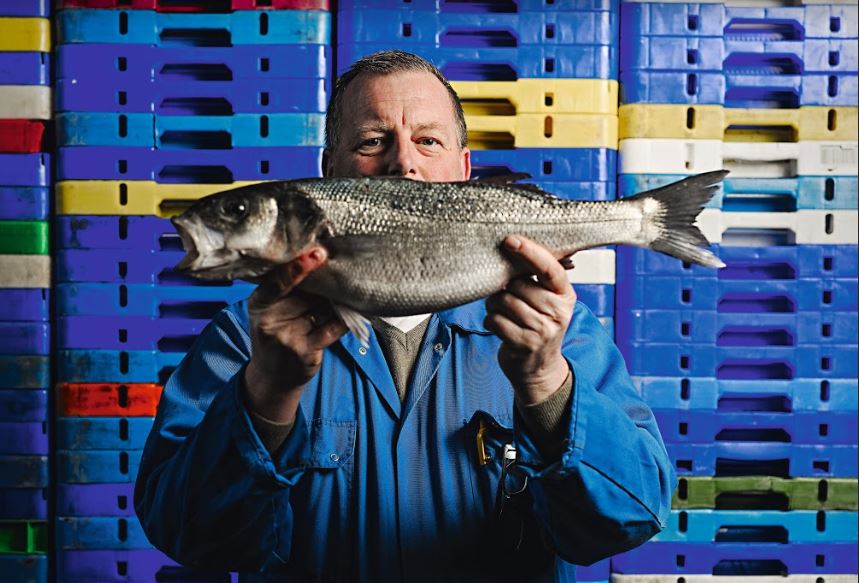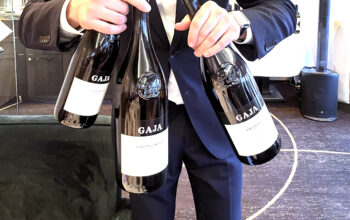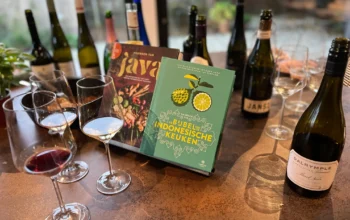No, we are not going to scold anyone. We want to talk about food from our own backyard that is healthy, tasty and sustainable: North Sea fish. And where there's fish, there's wine, of course. Strange really, that after a day of walking in the dunes at that nice beach café, you often get salmon, tuna and prawns on your plate with your glass of white, but no local catch. While North Sea fish is one of the healthiest and most sustainable fish species in the world. And very tasty too. Text Marjolein Schuman | recipes Nederlands Visbureau and VISRECEPTEN.NL | image Ingmar Timmer | courtesy of Stichting Noordzeevis from Scheveningen
You probably know the most popular fish from the North Sea: cod, haddock and, for example, the flatfish turbot and lemon sole. But there is so much more that does not reach our plates. Ninety per cent of the fish from the North Sea immediately disappears abroad. If it is up to the Scheveningen North Sea Fish Foundation, this will soon change. Our goal is to let many more people enjoy fish that the North Sea has to offer. We do this by putting it on the map, says the board, which has been educating consumers and fishermen since 2016 and even goes personally to that beach bar to plead for more fish on the menu. Eating fish from the North Sea is the least harmful to the environment: the fish is caught nearby and then transported directly from the fish auction to shop or restaurant. The North Sea is also one of the cleanest seas in the world. Thanks to strict regulations, there is no overfishing, less bycatch and less fuel consumption. Because of the 'short haul' of fishing boats, fishermen are at sea for a shorter time and the fish is freshest.
Spawning behaviour
One of the most fished and eaten species of the North Sea is plaice. Fortunately, the female fish provides plenty of offspring - she can produce up to half a million eggs! During the spawning period, which starts in December, the females clump together on the seabed to spawn, emptying their ovaries. One floor up, the males release their roe, the sperm. This descends and merges with the spawn left behind by the females. It's not very intimate, but the end justifies the means. After eight days, the larvae begin to emerge from the eggs. After almost two months, an impressive metamorphosis takes place: the left eye shifts to the top of the head and the little fish start swimming with one side down. A new generation of flatfish is born.
Don't want to miss a single edition? Subscribe then subscribe to Winelife magazine now!
Now in #WINELIFE#54




